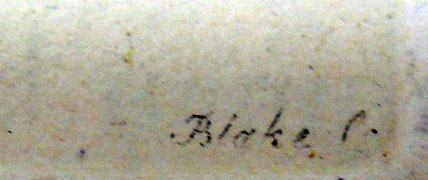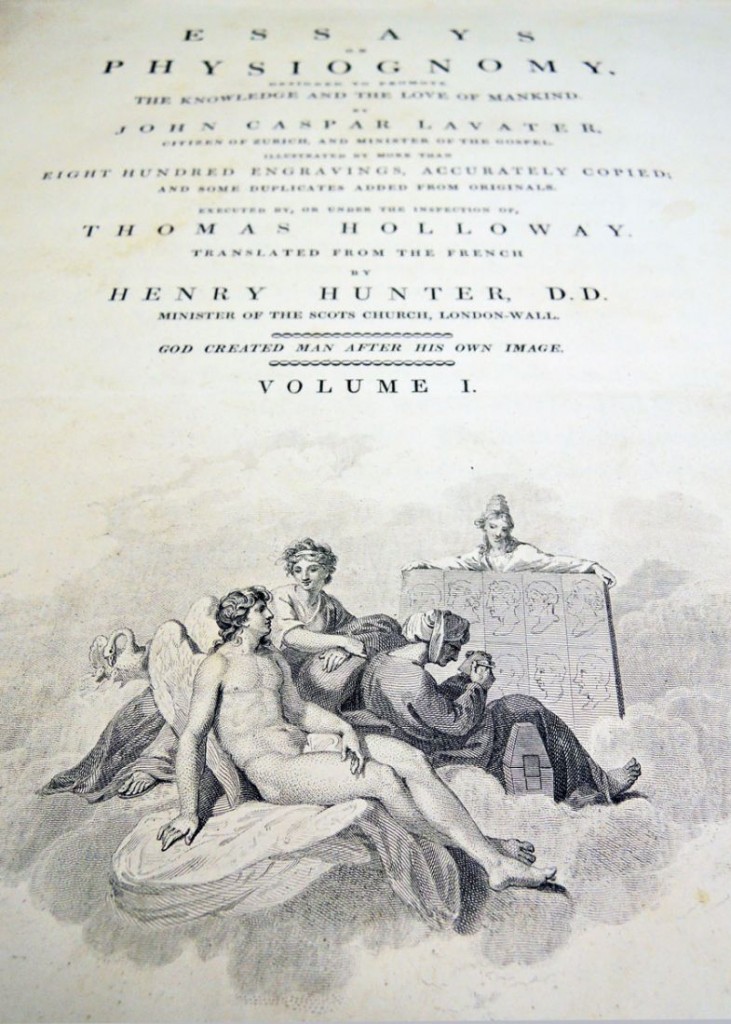 Johann Caspar Lavater (1741-1801), Essays on Physiognomy: Designed to Promote the Knowledge and the Love of Mankind [Physiognomische Fragmente zur Beförderung der Menschenkenntnis und Menschenliebe]; illustrated by more than eight hundred engravings, accurately copied; and some duplicates added from originals; executed by, or under the inspection of, Thomas Holloway (London: Printed for John Murray … H. Hunter … and T. Holloway …, 1792). Graphic Arts Collection (GAX) Oversize 2007-0002Q
Johann Caspar Lavater (1741-1801), Essays on Physiognomy: Designed to Promote the Knowledge and the Love of Mankind [Physiognomische Fragmente zur Beförderung der Menschenkenntnis und Menschenliebe]; illustrated by more than eight hundred engravings, accurately copied; and some duplicates added from originals; executed by, or under the inspection of, Thomas Holloway (London: Printed for John Murray … H. Hunter … and T. Holloway …, 1792). Graphic Arts Collection (GAX) Oversize 2007-0002Q
William Blake (1757-1827) engraved four plates for the English edition of Essays on Physiognomy by Johann Caspar Lavater as well as a portrait of Lavater commissioned by Joseph Johnson. A student recently asked which plates exactly were engraved by Blake.
The Graphic Arts Collection’s three volumes of the English edition are complete with 173 engraved plates by Blake, Bartolozzi, Thomas Holloway and others, with an additional 500 engraved illustrations and vignettes in the text. Blake is believed to be responsible for three of the engraved vignettes signed “Blake S” and “Blake Sc” in volume one, as well as a full page plate engraved by Blake after Rubens.
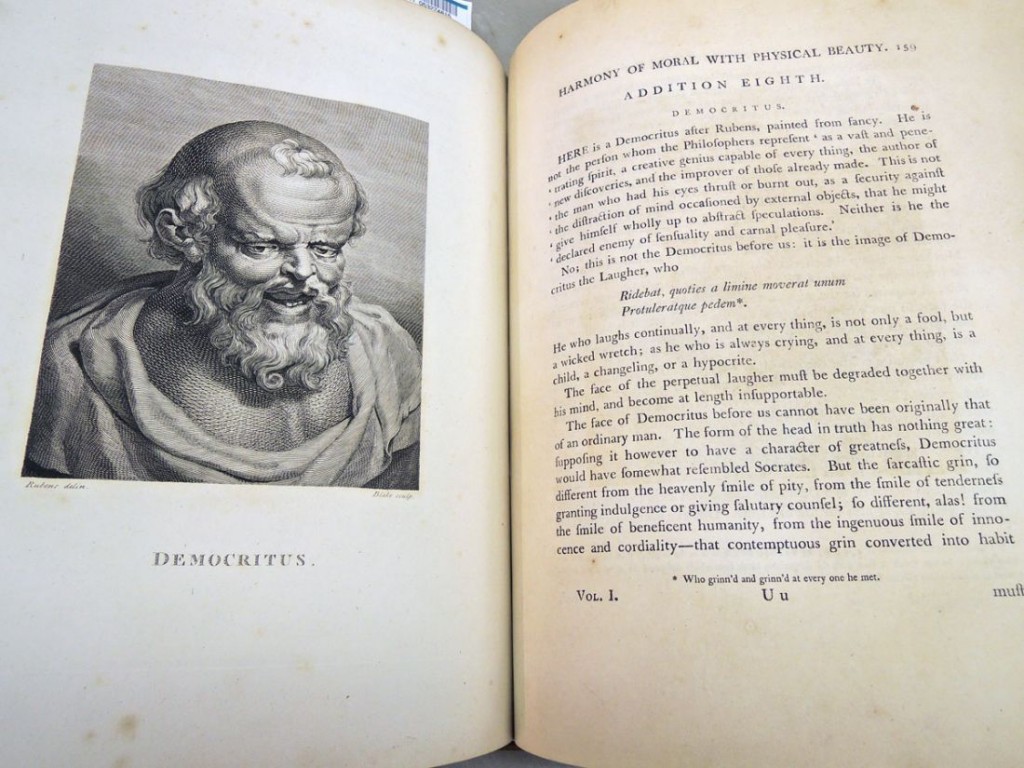
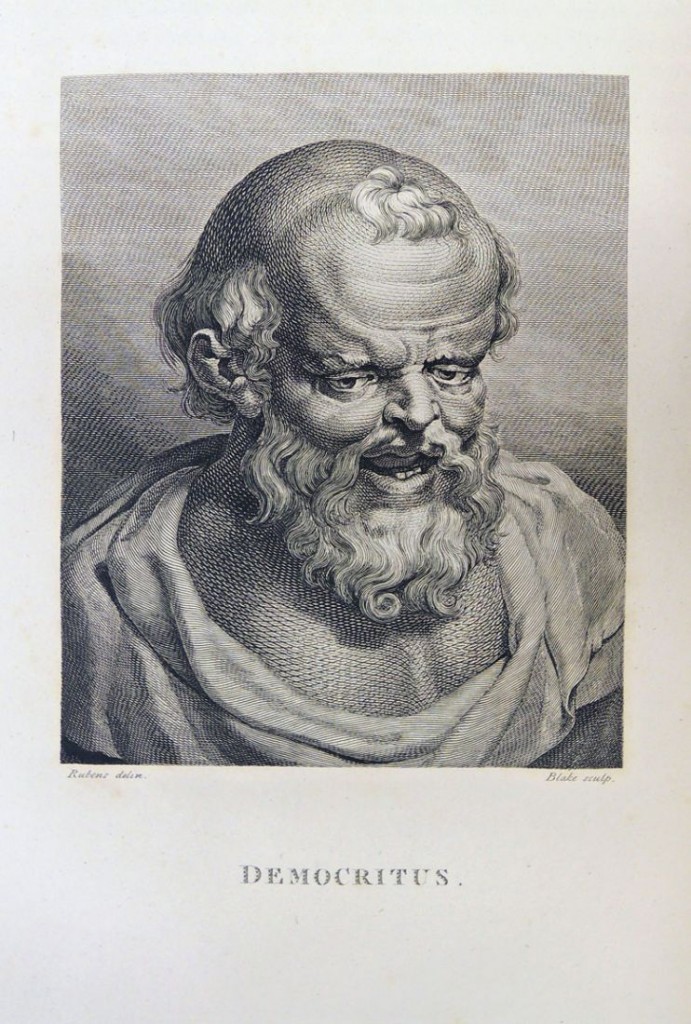 William Blake, volume 1, opposite p. 159
William Blake, volume 1, opposite p. 159
 William Blake, volume 1, p. 206
William Blake, volume 1, p. 206
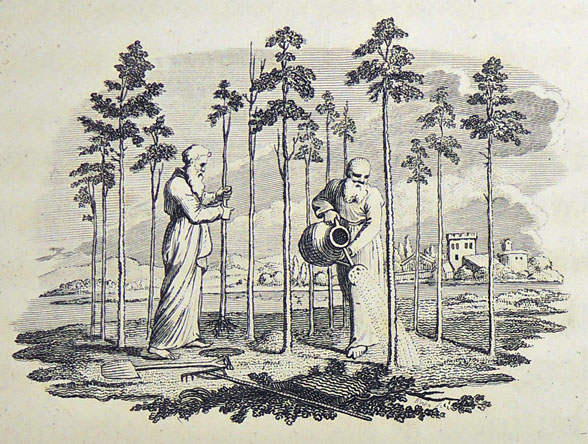 Attributed to William Blake, volume 1, p.127
Attributed to William Blake, volume 1, p.127
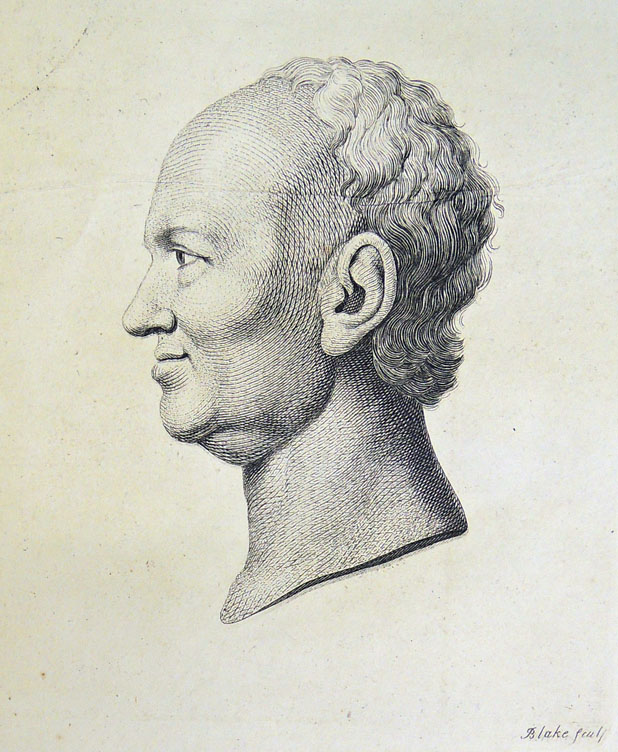 William Blake, volume 1, p. 225
William Blake, volume 1, p. 225
The full plate portrait of Democritus comes in Lavater’s chapter, “Harmony of Moral with Physical Beauty,” addition Eighth. Democritus” beginning on page 159 with the text:
“Here is a Democritus after Rubens, Painted from fancy. He is not the person whom the philosophers represent ‘as a vast and penetrating spirit, a creative genius capable of every thing, the author of new discoveries, and the improver of those already made. This is not the man who had his eyes thrust or burnt out, as a security against the distraction of mind occasioned by external objects, that he might give himself wholly up to abstract speculations. Neither is he the declared enemy of sensuality and carnal pleasure.’ No; this is not the Democritus before us: it is the image of Democritus the Laugher, who ‘Ridebat, quoties a limine moverat unum / Protuleratque pedem,’ [Who grinn’d and grinn’d at every one he met]. He who laughs continually, and at every thing, is not only a fool, but a wicked wretch; as he who is always crying, and at every thing, is a child, a changeling, or a hypocrite.”
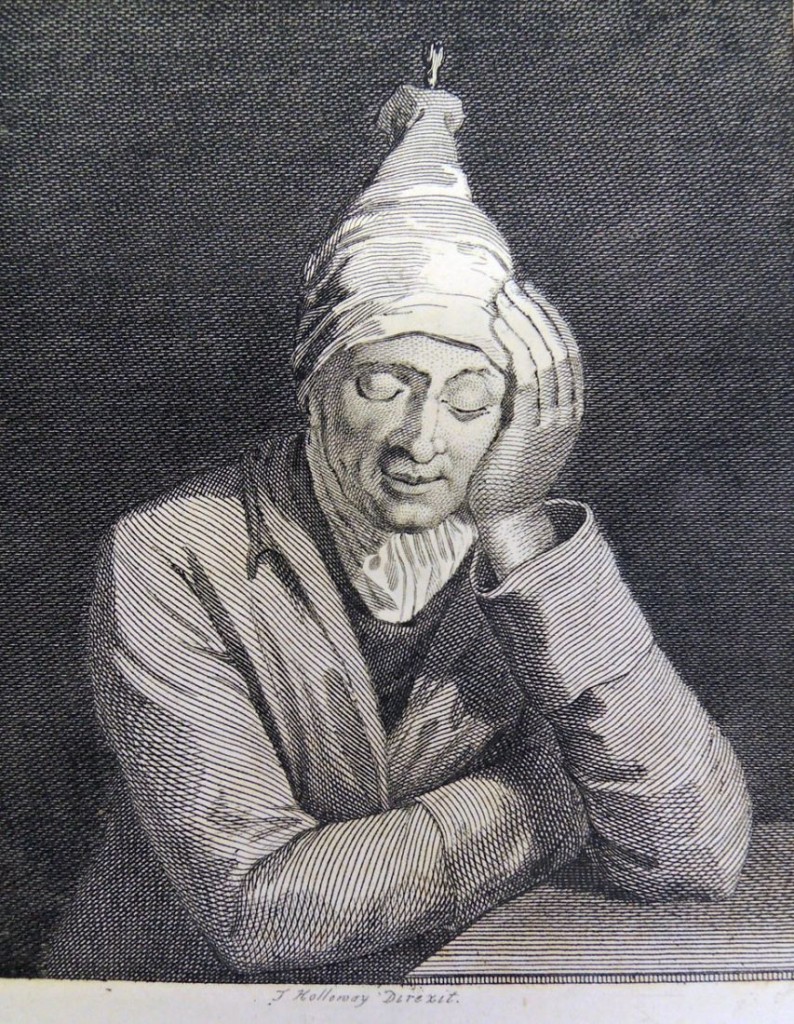 The majority of the plates were engraved by Thomas Holloway (1748-1827)
The majority of the plates were engraved by Thomas Holloway (1748-1827)

